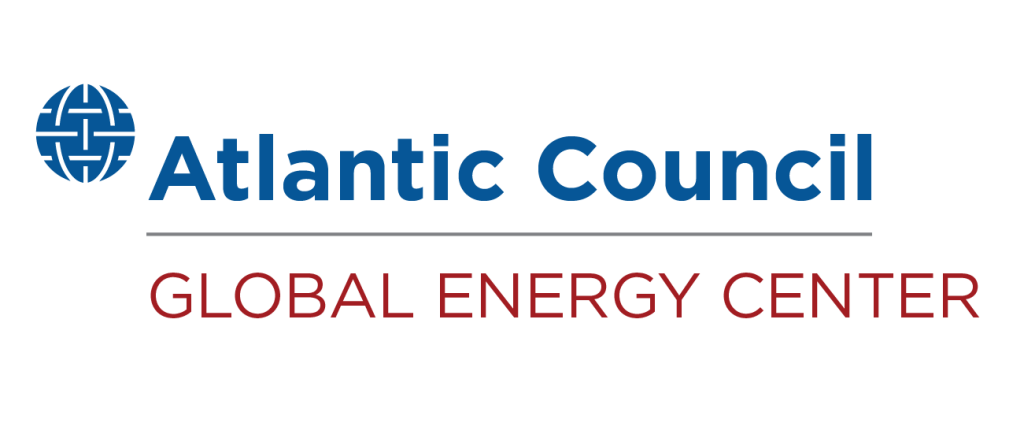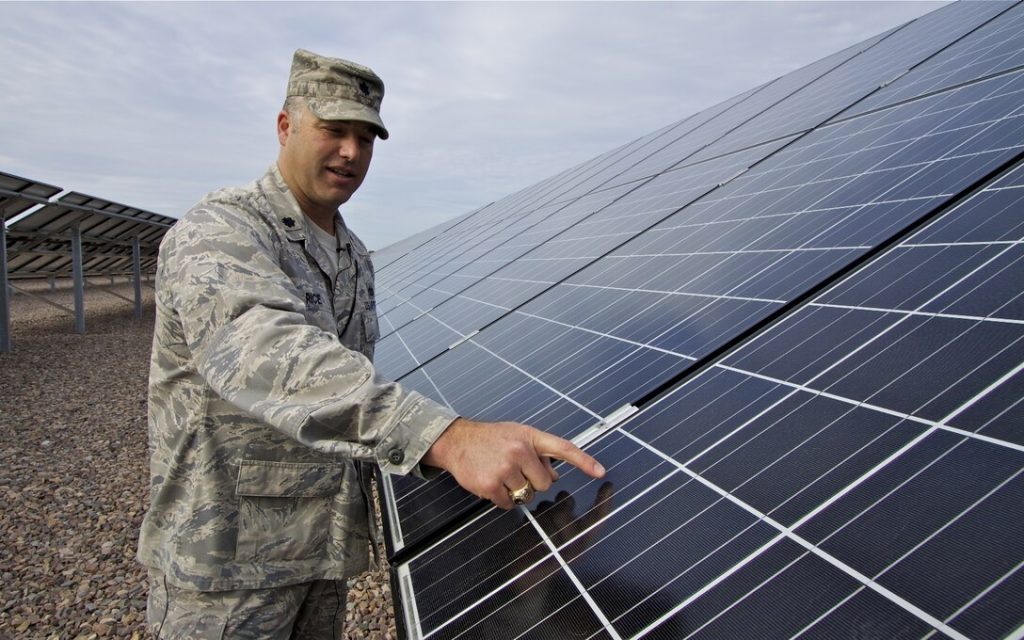The National Defense Authorization Act (NDAA) sets the US Department of Defense’s (DoD) annual budget, but it has also become a key platform for implementing military climate resilience and emission reduction measures. This year’s bill is no different; both the House and Senate versions currently include key amendments that support advanced nuclear technologies, fund installation resilience projects, and set targets for energy availability at DoD facilities. Crucially, this year’s NDAA encourages the development and deployment of microgrid systems to increase energy resilience. By investing in microgrid systems, the military will increase its ability to maintain operations in a variety of adverse circumstances while potentially lowering carbon emissions. Furthermore, military investment and installations can act as pilot projects that spur widespread adoption of clean, resilient energy infrastructure across the country.
The House and Senate NDAAs build off the 2020 NDAA’s ten-million-dollar investment in developing, demonstrating, and deploying microgrids for military installations and forward operating bases. The Senate NDAA would allocate $74,000 to microgrid construction at three military bases while the House NDAA only allocates $44,000 for microgrid construction at two military bases. Beyond funding the construction of new microgrids, both bills push for microgrid installation as a means to increase energy resilience and include provisions that encourage microgrids to be included in demonstration projects for long-term battery storage at Department of Defense and Department of Energy facilities. The House NDAA bill also establishes a pilot program for emergency diesel-based microgrids at two major military installations to determine operating costs, fuel usage differences, and the impact on energy security. These projects are intended to help the DoD create standards and criteria for further microgrid installations; however, the proposed emphasis on diesel microgrids is a step backwards. Future initiatives should focus on integrating renewable energy and advanced storage technologies to ensure resilience measures do not add unnecessary greenhouse gas emissions.
Building microgrids at military installations will increase the resilience of US military infrastructure. Accidents, severe weather events, and cyberattacks all threaten the electrical grid, and unless military installations can disconnect and rely on distributed resources, they too, are threatened by power outages. Although back-up diesel generators can ensure that some critical operations continue, microgrids are more reliable because they can draw power from multiple generators and are able to assign power to different buildings or regions that are most in need, unlike generators that are generally only connected to one building. Used in tandem with long-term storage measures and diverse energy sources, microgrids can provide continuous energy in the case of multi-day outages; for example, a microgrid installation at the Miramar Marine Corps Air Station that uses a mix of generators, battery storage, and solar photovoltaics can supply power to the base for up to three weeks. Further demonstration projects could provide lessons for best practices and help both the military and civilian sectors design microgrids that can supply adequate power for longer.
Additionally, demonstration projects could drive civilian adoption of microgrid technologies. Demonstration projects can help civilian operators understand how to design microgrids and showcase the diverse benefits of these systems. Military investment has historically spurred civilian adoption down the line, furthering climate resilience efforts. Weather-related power outages cost the United States $25 to $70 billion per year, a number that will only grow as climate change increases the frequency and intensity of extreme weather events. Power outages can also worsen chronic health conditions, cut off water supplies, and limit access to key amenities such as elevators and air conditioning. Microgrids, especially when combined with battery storage, can minimize large-scale power cutoffs and accelerate recovery operations by providing baseload power necessary to continue critical operations.
However, there is opportunity for greater ambition on microgrid development and deployment in the NDAA. The House’s proposal to establish a pilot program for diesel-based microgrids is a good start from a resilience perspective, but future funding should be targeted towards advanced projects that rely on a variety of energy sources. Diesel generators play an important role in providing backup power, but they are a status quo technology. The DoD has the capability to design and deploy more advanced microgrids, like those at Miramar, that depend on a suite of diverse energy sources. Furthermore, hybrid microgrids that use diesel, renewable energy, and storage technologies last longer, as different energy sources can be used at different times, which saves fuel while powering essential operations. Hybrid microgrids could still partially function if bases run out of diesel fuel by using renewable sources, like solar power, and battery storage when renewable sources are unavailable. And beyond improving resilience, hybrid microgrids could use less diesel and other carbon-intensive fuels, lowering the total carbon footprint of military operations.
Microgrids are a proven solution to increase energy resilience across a host of applications. Policymakers should ensure proposed NDAA amendments that support development and deployment of microgrids pass reconciliation, and do more to support the development of microgrids that integrate renewable energy and battery storage technologies. DoD microgrid demonstrations could generate additional civilian applications and help ensure energy resilience across the United States.
Katie Wimsatt is a senior at University of California, Berkeley and a former intern at the Atlantic Council Global Energy Center.
Learn about the Veterans Advanced Energy Project

The Global Energy Center develops and promotes pragmatic and nonpartisan policy solutions designed to advance global energy security, enhance economic opportunity, and accelerate pathways to net-zero emissions.
Image: Burlington Air Force National Guard Base Civil Engineer, Lt. Col. Adam Rice, inspects a solar panel on the new 1.389 megawatt ground-mounted photovoltaic system (US Air Force photo/Eddie Green)

